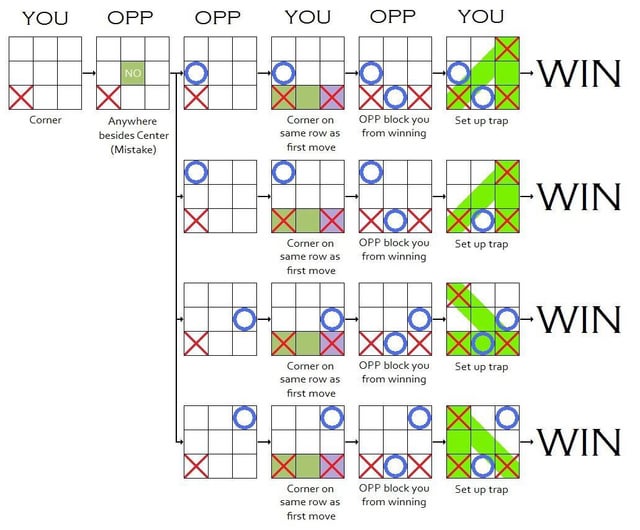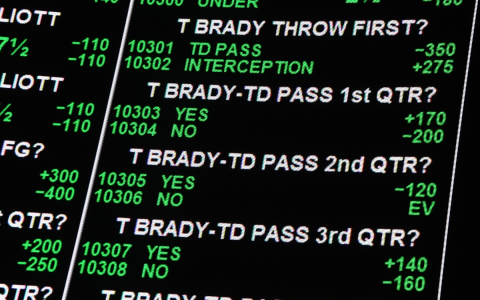Okay, so today I decided to really dig into this “Rule of Odds” thing I’ve been hearing about. I’d seen it mentioned in a few design blogs, and it sounded interesting, but you know how it is – so much to learn, so little time. But today, I finally carved out some time to play around with it.

First, I googled “Rule of Odds” to get a basic understanding. Basically, it’s the idea that designs with an odd number of elements are more visually appealing and dynamic than those with an even number. Seems simple enough, right?
My Experiment
I opened up a new blank document and then I started with a simple layout – just some basic shapes. I created a row of four squares. Looked… boring. Totally symmetrical, totally blah. Then I deleted one square. Now I had three. Hmm, already better! It felt a little more… interesting. Like my eye had somewhere to go.
Next, I experimented with different arrangements. I tried:
- Three circles in a diagonal line.
- Five rectangles of varying sizes, clustered together.
- Seven tiny dots scattered randomly.
Each time, I compared the odd-numbered arrangements to even-numbered ones. I switched back and forth, adding and removing elements. And you know what? It really did seem like the odd numbers were winning! There was something about them that felt more balanced, more natural, even though they weren’t perfectly symmetrical.
It is really intresting.

I kept playing around, trying different colors and shapes. I even applied the rule to a simple website mockup I was working on. Instead of two columns of text, I restructured it to have three. I replaced a four-image gallery with a five-image one. And yeah, it felt… better. More engaging, somehow.
Now, I’m not saying this is some magic bullet, but it’s definitely a cool little trick to have in your back pocket. It’s not about blindly following a rule, but more about understanding how our brains perceive visual information. I’m going to keep experimenting with this, and I’d recommend you give it a try too! It’s a fun little exercise, and you might be surprised at the results.










